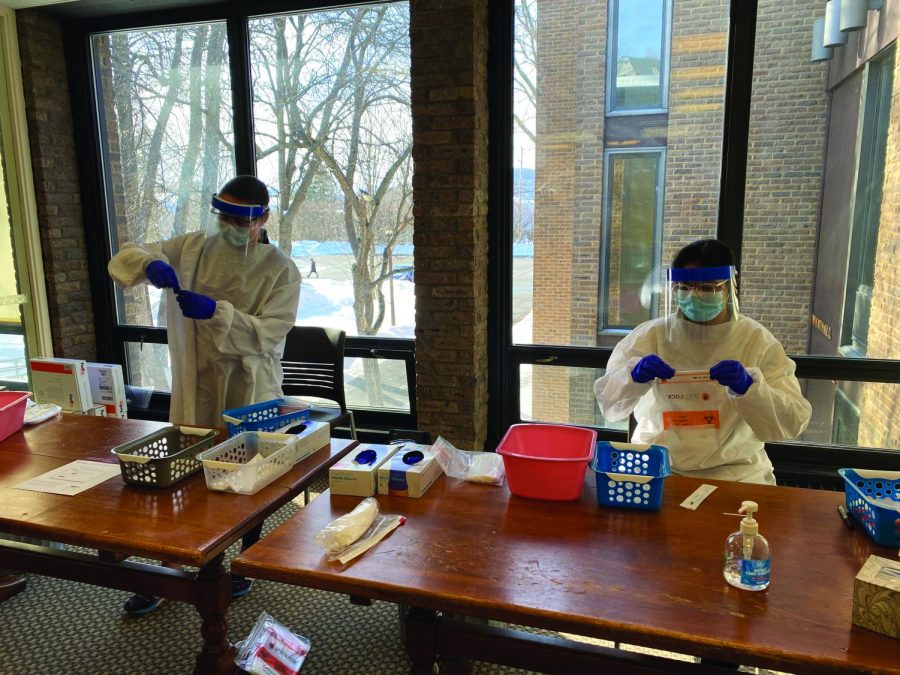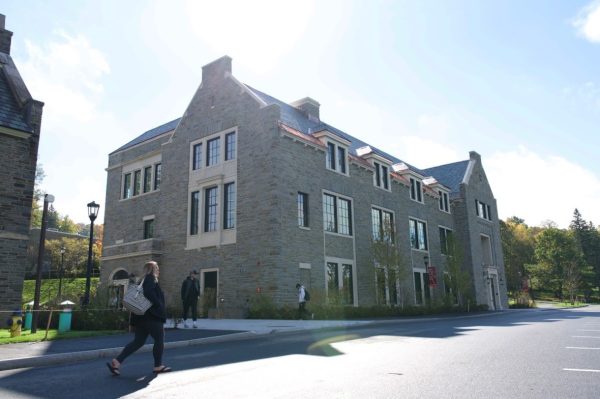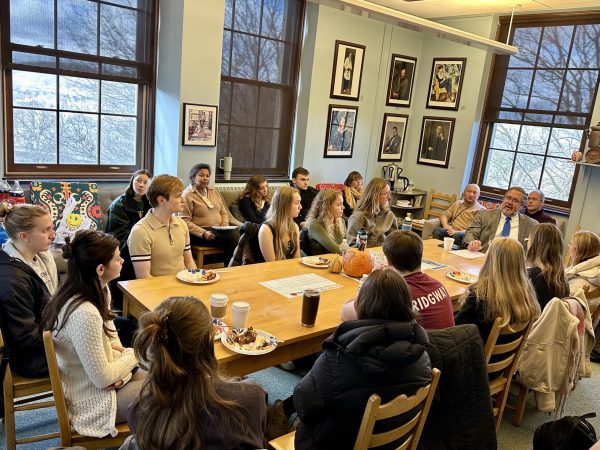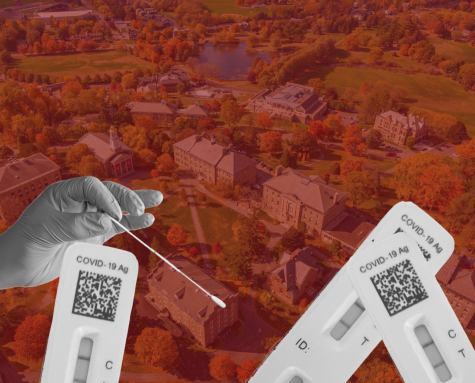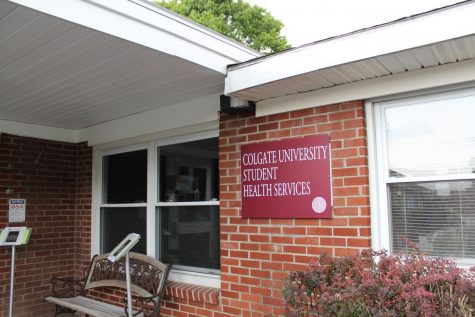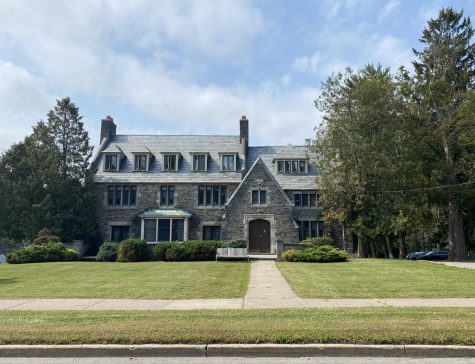University Implements Increased Testing to Combat COVID-19
As the number of confirmed cases continued to reach an all-time high across the country, Colgate University implemented coronavirus testing procedures on campus for the Spring 2021 semester, the first round of which yielded 18 positive results as opposed to the 23 positive cases from the first round of testing in the Fall 2020 semester. The University has since moved into Gate 1 of Reopening as of 7 a.m. Friday, Feb. 5.
Students expecting to return to campus for the Spring semester were required to submit a pre-arrival coronavirus test through at-home test kits provided by the University. Let’s Get Checked at-home testing kits yielded 27 positive student cases. Students whose initial tests came back negative were able to return to campus on time and were required to test again upon arrival between 8 a.m. and 2:15 p.m. on Saturday, Jan. 23 and Sunday, Jan. 24 at locations across campus.
Students who tested positive and identified close contacts could isolate themselves at home or in the Wendt University Inn, which was bought out by the University for the school year to house individuals in quarantine. According to Health Analytics Team Manager Severin Flanigen, the total campus population infection rate at the time was 1.5 percent, considerably lower than the rates of Madison County and New York State.
“We are generally relieved that it has not been more than that. Given the case counts nationally and the number of students that tested positive on their pre-arrival test, we were concerned that the number would be much higher,” Associate Professor of Biology and co-Chair of the Task Force on Reopening Geoff Holm said following the first round of testing.
According to Flanigen, the second round of testing would enable the University to identify students infected between their pre-arrival test and the week following arrival. Only through compliance with testing procedures could students move into Gate 1, which allows for limited in-person instruction, activities and interactions. Despite campus-wide interest to move through gates quickly, more than 200 students failed to show up for tests scheduled on Saturday, Jan. 30. In an email sent out the same afternoon, Vice President for Communications Laura Jack warned students that failure to comply with frequent testing “means that our move to Gate 1 is in jeopardy.”
Students who missed their appointments were instructed to reschedule their test for the same time on Sunday, Jan. 31, at the Hall of Presidents or the Ho Science Center. Numerous staff volunteered to help facilitate student testing. After receiving an email from the Dean of the College Paul McLoughlin, most students appeared for their appointment the following day.
Sophomore Sophie Mack, one of many students who missed their appointment, explained why she initially failed to test during her specified time slot.
“I missed my first round of testing because I didn’t know what time I was supposed to go, which I wish had been more clear. But luckily, I was able to go the next day and get my test,” Mack said. “I think having multiple reminders sent via email or the portal would have been helpful before the test, rather than after I had already missed the appointment.”
Colgate University President Brian Casey expressed understanding for those who missed their scheduled appointment, acknowledging students’ busy schedules. However, Casey admitted that roughly 50 students were difficult to get a hold of, prompting concern about why they might be resisting testing procedures.
“No one takes joy in finding non-compliance. We’re safer when we all do this. If we let 100 students not do this, that’s 100 students who we don’t know what they’re doing, who might be in contact with 600 other students,” Casey said. “This is just public health. This is not ‘mean dean-ing.’ That is how it goes. If a certain percent are not tested, then all the other tests are barely useful.”
More than 50 tests were collected on Monday, Feb. 1, setting the University almost 10 percent off its original quarantine scheduling. Based on positive test results from the preliminary rounds of testing in Gate 0, 46 close contacts were produced, taking up “half of Wendt [Inn]” capacity, Casey said.
“You go from control to out of control so fast… When I saw the 46 I was anxious because we have limited isolation space and limited quarantine space so I get nervous,” Casey said. “It’s so variable. We had one positive that had no contacts. So I don’t know if there’s a formula or an algorithm that produces red flags based on [close contacts].”
After receiving 2,459 coronavirus tests, the University announced on Thursday, Feb. 4 its decision to move into Gate 1 on Friday, a decision made in conjunction with the Health Analytics Team, Emergency Operations Center and Task Force on Reopening. The second round of testing showed only nine new coronavirus cases.
New surveillance testing plans in Gates 1 and 2 mean that all students and on-campus employees will continue to be tested every two weeks. According to Flanigen, increased surveillance testing will help identify positive cases and limit the number of individuals in quarantine. Following Gate 3, only 10 percent of the on-campus population will test each week, with additional capacity for targeted testing.
“The community should know and understand that COVID-19 has not gone away. Colgate continues to do everything it can to ensure the safety of students, faculty and staff. In doing so, we can help keep the community safer,” Flanigen said.


